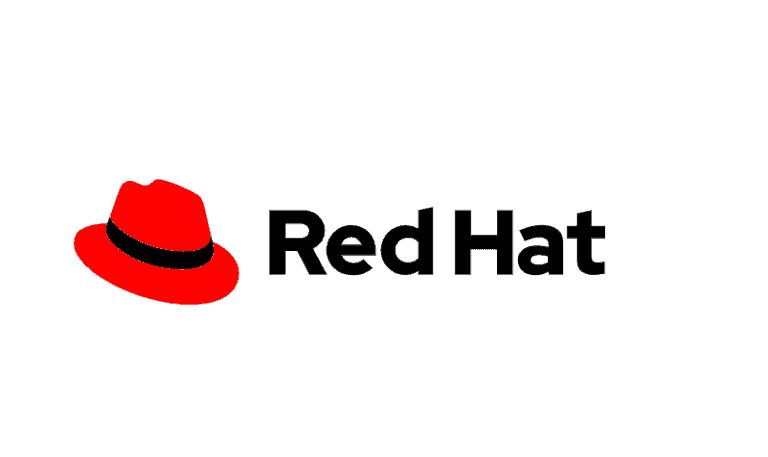Red Hat extends their enterprise Kubernetes platform to deliver a single, fully-open Kubernetes experience for Windows and Linux systems
Red Hat this week announced the ability to run and manage Windows Containers through Red Hat OpenShift, the company’s enterprise Kubernetes Platform. This delivers the ability to manage both Linux and Windows-based containerized workloads side-by-side, according to Red Hat. This means that IT teams can eliminate the need for parallel software stacks in environments across the hybrid cloud.
Related: Red Hat feels unbeatable with OpenShift under the wing of IBM
A common platform for Windows and Linux containers
Heterogeneous environments with both Windows and Linux platforms often silo applications, according to Red Hat. This makes it difficult for enterprises to transform and scale their operations.
Red Hat claims that OpenShift smoothes out IT processes by now enabling both Windows and Linux based containerized applications to be managed side-by-side by a single control plane.
Red Hat OpenShift provides organizations running mixed Windows and Linux workloads the benefits of a common Kubernetes platform with a single, cohesive solution. This allows them to manage containers regardless of whether the cloud-native workloads are running Microsoft Windows or Red Hat Enterprise Linux.
To enable support for Windows Containers, Red Hat OpenShift uses the Windows Machine Config Operator (WMCO), a certified OpenShift operator based on the Kubernetes Operator Framework, jointly supported by both Red Hat and Microsoft. Red Hat OpenShift users can access the Windows Machine Config Operator via the Operator Hub to begin managing their Windows Containers within the OpenShift console.
Increased flexibility and control
OpenShit uses Windows Machine Config Operator as the linchpin. It then orchestrates both Red Hat Enterprise Linux and Windows to run as building blocks of applications.
The system supports .NET Core applications, .NET Framework applications and other Windows applications. Organizations can then run Windows containers on Red Hat OpenShift wherever it is supported across the open hybrid cloud. This includes bare-metal servers, Microsoft Azure, AWS, Google Cloud, IBM Cloud and, in the future, VMware vSphere.
Tip: Red Hat feels unbeatable with OpenShift under the wing of IBM
